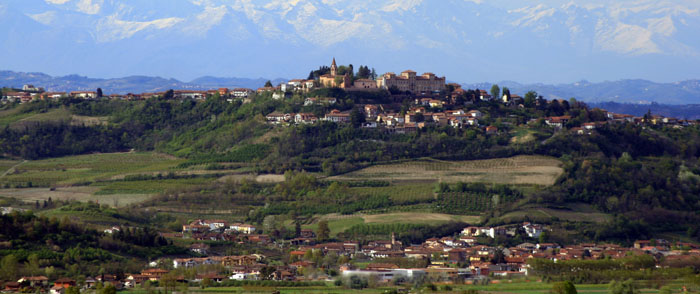

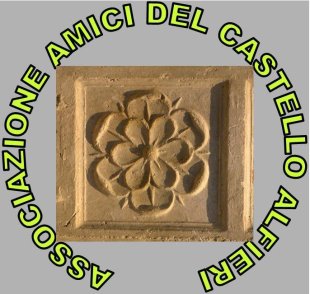
From the eighteenth century until the early decades of the twentieth century the growing and processing hemp Albese the widespread interest, especially the valley of the Tanaro, where it was easier for extracting maceratoi construction of the fiber [Longo, 1999]. Of the crop now only faint traces remain, one of which is represented by the name of the place reached by this route. The Oasis Canapali is the result of natural recovery for a gravel pit located a few tens of meters from the river Tanaro, it is an area of about six hectares for the protection of fauna and placed in the "Nature Area" of LIPU. For more than 50% is occupied by a lake of moderate depth (about 3 m), the margin of which were placed two covered sheds, where you can observe and take pictures without disturbing the animals.
To facilitate the reconstruction of an environment with specific natural trees and shrubs have been planted spontaneous: hawthorn, blackthorn, dogwood, hornbeam, alder, elder, cherry, linden, wild rose.As the Oasis Canapali can accommodate virtually all species of birds that frequent the nearby river Tanaro [Aimassi and Ghiglia, 1999], it is particularly suitable for the ducks to the surface, such as mallards, teal, the teal and shoveler and tufted duck as those divers and Pochard. Other aquatic species such as great crested grebe, the little grebe, coot and moorhen can also adapt easily.
Although all species of herons can be found easily in the rich nourishment ichtyofauna of the lake as the heron, egret and night heron. Since the area is little known, are easily observable, especially during migration, various falchiformi including the marsh harrier, peregrine falcon and the cuckoo. On these small islands here and there over the next Tanaro can be seen in summer colonies of nesting terns, while the common gull is abundant in winter.
[News taken from the text Giorgio Aimassi in Escursioni nel Roero e Dintorni, Oreste Cavallo e Franco Rota, Verona 2006]
Although all species of herons can be found easily in the richnourishment ichtyofauna of the lake as the heron, egret and night heron.
Since the area is little known, are easily observable, especiallyduring migration, various falchiformi including the marsh harrier, peregrine falcon and the cuckoo. On these small islands here andthere over the next Tanaro can be seen in summer colonies ofnesting terns, while the common gull is abundant in winter.
[News taken from the text of George Aimassi Day in the Roero andSurroundings, Rota and Franco Oreste Cavallo, Verona 2006]
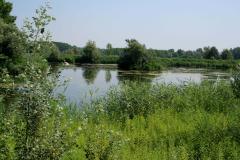

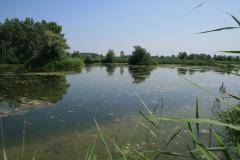


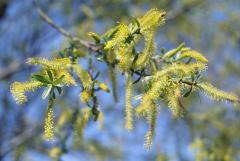
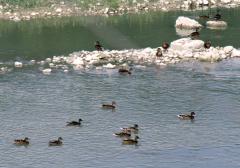
The itinerary
On the SS 231, starting from the crossroads of Magliano Alfieri, walk about two kilometers in the direction to the village of Asti Cornale, then turn right near the church and parked the car, leaving behind the village proceed along a wide road graveled, along the same direction of arrival. Through an area of cultivated: corn fields, orchards and, later, poplars here and there vegetate bushes of hawthorn or quince and rare oaks, the last memory of a prehistoric forest which accompanied the river Tanaro. We reach the highway bridge to pass the Asti-Cuneo, then with a 360 ° turn we pass under the bridge and continue keeping the right.
When you reach a fork to continue on the Y branch and left soon after, left again, walk in a grassy field and through a grove alongside a small private lake. We have in front of the Oasis Canapali, a wetland protected by the municipality of Magliano in collaboration with the LIPU and the Piedmont Region. We are approaching in silence to observe, without frightening them, coots, moorhens, herons, bee-eaters. The fencing of the lake is bordered by a road that leads to the bank of the Tanaro, where you reveal to us in the wetlands and endangered plant species of birds that frequent the River. The songs, the hiss, the voice of water, the special light that we welcome in that place, to strengthen the alliance between man and the land that houses it, and give peace. For the return Canapali leave behind the Oasis and head right on a road parallel to the river, between a Bealera poplar and chestnut. Keeping the right in quick reach the fork in Y that we encountered on the outward and then retrace the same path on the contrary, to the township of Cornale.